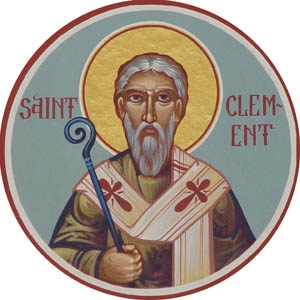There was one Judas, a Galilean, of a city whose name was Gamala, … (Antiquities 18.4)
Again, Josephus:
Judas the Galilean was the author of the fourth branch of Jewish philosophy. These men agree in all other things with the Pharisaic notions; but they have an inviolable attachment to liberty, and say that God is to be their only Ruler and Lord. They also do not value dying any kinds of death, nor indeed do they heed the deaths of their relations and friends, nor can any such fear make them call any man lord. (Antiquities 18.23)
Josephus calls it a fourth branch that arose later than the sects of Sadducees, Essenes, and Pharisees. Some have noted that the appearance of self-identified “Zealots” occurs during the first Jewish revolt, indicating that the Zealots may have formed their identity in the 60s AD in the events leading up to the revolt, though Josephus cites prior rebels as founders of their movement.
The author of Acts mentions this Galilean:
Some time ago, Theudas appeared, claiming to be somebody, and about four hundred men rallied to him. He was killed, all his followers were dispersed, and it all came to nothing. After him, Judas the Galilean appeared in the days of the census and led a band of people in revolt. He too was killed, and all his followers were scattered. (Acts 5:36-37)
The references in Josephus and Acts do not prove the connection, but they certainly raise the question whether the consistent reference to “Judas the Galilean” may have been taken by others to denote his cause as “Galilean,” even if only by misunderstanding. The question then is whether the term Galilean ever functioned as another name for Zealot, even if it does not so function in Josephus or the New Testament. Continue reading »









